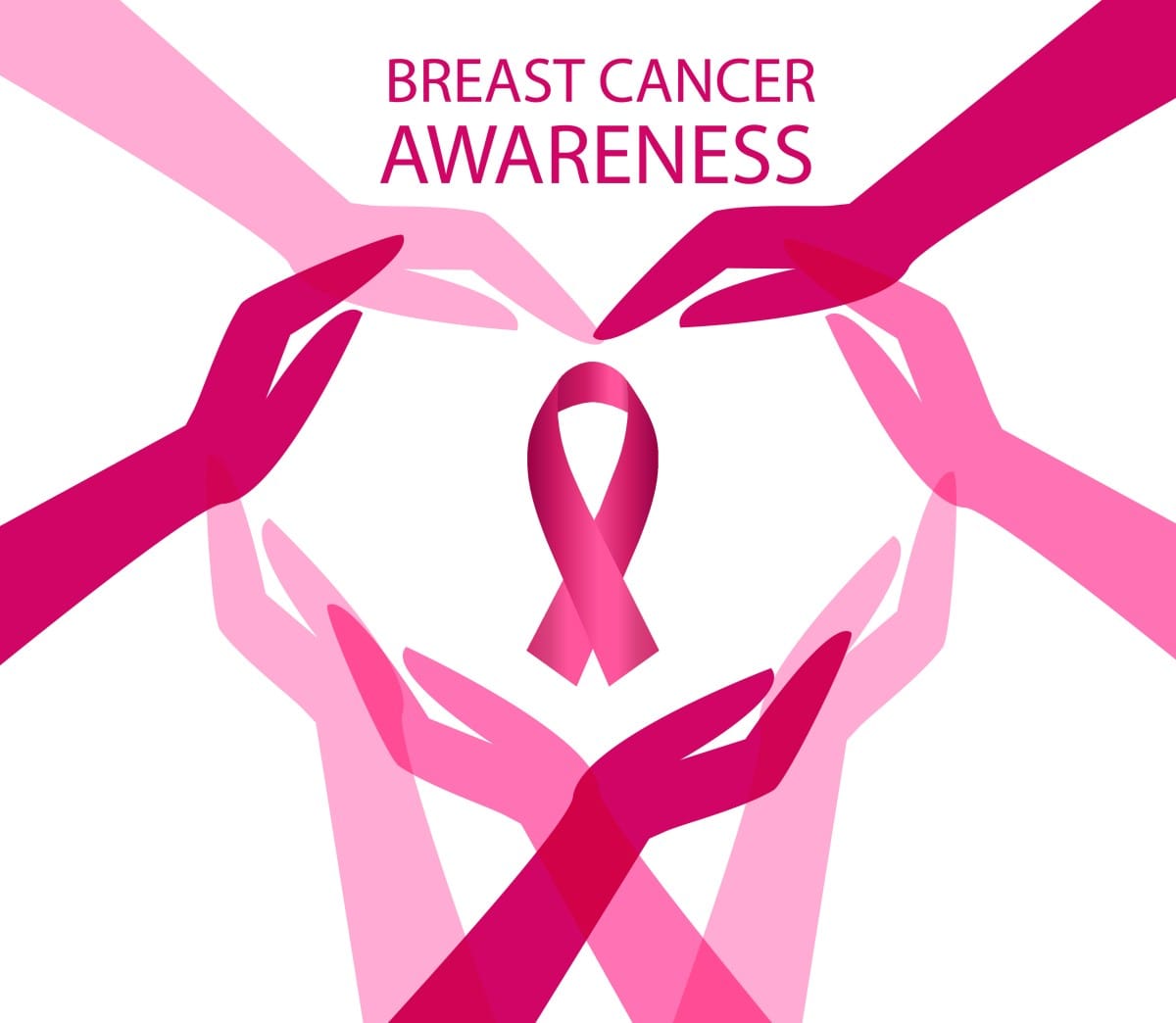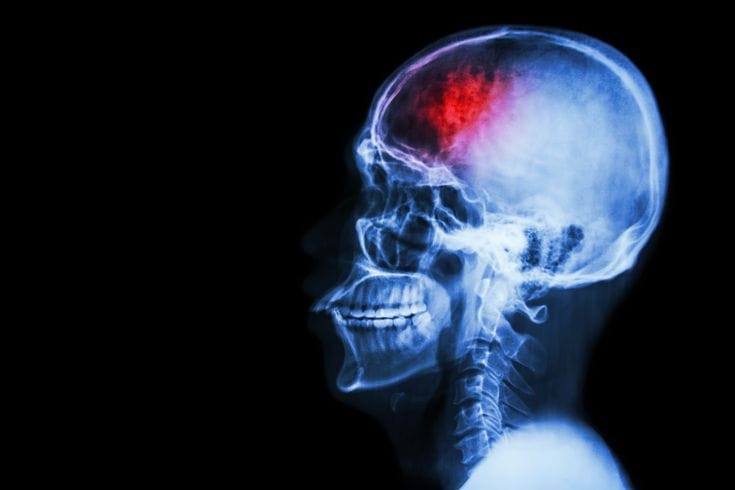South African females have the highest rate of cancer diagnosis at 51.3% followed by males accounting for 48.6%. Breast cancer remains the leading cancer diagnosis amongst females followed by cervical, colorectal and non-melanoma. It accounts for the biggest dent in society from cancer-related deaths. What we can do is educate ourselves by navigating the modifiable and not-so-modifiable factors in breast cancer education.
Cancer in simple terms is disorderly growth and multiplication of body cells. Our bodies are made up of millions of cells which grow, multiply and perform certain functions before succumbing to a normal process of death known as apoptosis. In cancer, however, cells do not follow this normal life cycle. They grow abnormally, multiply and do not die. Eventually, their growth demands increase and blood supply increases to the region with cancer. This leads to transportation to other neighbouring parts and other organ systems (metastases) through blood channels and the lymphatic system.
What Breast Cancer Signs Can I Look Out For?
Breast changes such as:
- Nipple changes – inverted or retracted nipple
- Nipple discharge – Blood, green, yellow
- Pitting of the breast skin or thickening
- Breast puckering (an indentation that appears when one lifts their arm)
- Loss of feeling in the breast
- A breast lump is not always a sign of cancer (thorough clinical examination by a doctor is required with an ultrasound, mammogram and biopsy if indicated for proper diagnosis)
- Breast pain is not a common feature
How do I correctly examine my breasts?
For consistency with breast changes, it is recommended that you examine your breasts around the same time each month. For example, during ovulation week when breast tissue is sensitive with breasts much fuller than the rest of the month, it may be easier to pick up irregularities and masses. Examining breasts is simple. Using the tips of your fingers, start from the armpit palpating in a circular motion for any lumps, bumps, pain or sensationless areas. Move your hand in a circular motion from the axilla to the breast tissue. From there, move around the whole breast as if following the ‘clock’. Ensure all areas of the breast have been palpated with precision. Move your hand towards the second breast applying the same principles.
How Will I Know I Have Breast Cancer?
The surest way to know is to have a thorough history taken by your doctor, a physical examination conducted and radiological tests in the form of an ultrasound or mammogram (with a biopsy if indicated). Early consultation leads to early screening and thus early diagnosis. Early diagnosis leads to early treatment which is successful in more than 95% of cases.
Is Breast Cancer Preventable?
No, it cannot be prevented but it can be diagnosed early and treated early with surgery, chemotherapy or radiotherapy (or a combination of all three). Breast cancer that is still ‘in-situ’, meaning it is confined to the ductal can be treated successfully. But, the difficulty is if it has spread to other organ systems (liver, lungs, bone, brain) whether through blood or the lymphatic system-it becomes difficult to successfully treat it as cancer cells reactivate their abnormal growth years later.
What can I do to lower my risk of breast cancer?
The same old repetitive adage of a healthy lifestyle will always resonate true for prevention. – Reducing alcohol intake to 2 units (a glass of wine) or less per day
- Increased fibre intake in the diet with fruits and vegetables
- Exercise (minimum of 30 mins at least 5 times a week)
- Quit smoking.
- Screening for breast cancer yearly (from age 40 and above)
- Knowing your family history and taking precautionary measures to screen and detect cancer early for prompt treatment.
As A Man, Should I Worry About Breast Cancer?
Yes! Although the percentage of men with breast cancer is not as significant as women, men still need to worry about it and conduct breast examinations too especially with a history of a mother or sister with breast cancer which puts their risk at 2.5%. It also tends to be more aggressive in men so the sooner it is detected, the better!
Breast cancer is one of the cancers that requires the active participation of the recipient for early detection through self-examination and screening. We can all do something to ensure we lower statistics of death related to breast cancer by continually educating ourselves and those around us. Let us lower breast cancer rates and offer support to those living with it together.






No Comments